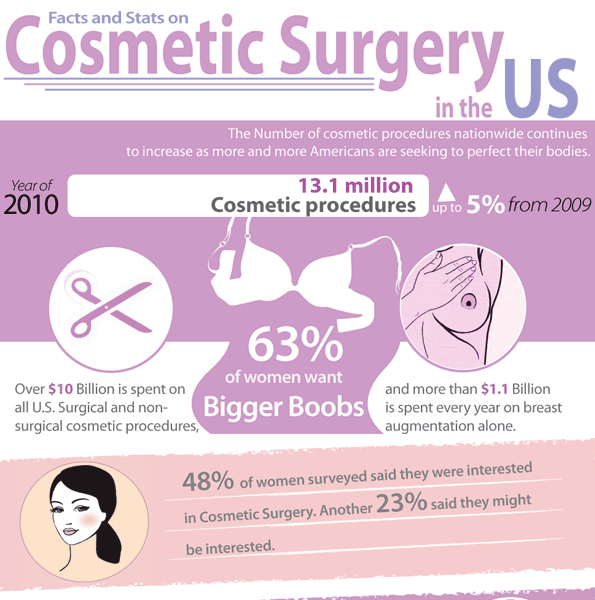How To Treat Acne Scars At Home
How To Treat Acne Scars At Home
Blog Article
Acne and Workout - What to Know
Normal workout, even just quick walking or swimming, assists improve mood and reduce stress and anxiety. It additionally enhances hormonal agents and neurotransmitters that promote healthy and balanced skin, such as serotonin and dopamine.
Ensure to use tidy exercise garments that have been washed recently-- filthy, perspiring garments can catch microorganisms and contribute to body acne. And if you have makeup on, consider using micellar water to wipe off your face prior to working out.
1. Sweating can block pores.
Workout aids the body in several ways, from stronger muscles to lower blood pressure and improved mood. It can even help reduce acne breakouts, as long as the ideal techniques remain in area.
Throughout exercises, the heart price rises which creates the gland to open up and drain pipes. Yet if make-up, dust and microorganisms continue to be on the skin, these can obstruct pores and bring about the development of acnes. Sweat can also change the pH balance of skin, causing it to be more sensitive and prone to inflammatory acne.
Acne that develops due to sweat can appear anywhere on the body, but it often appears in areas vulnerable to rubbing, like under apparel bands or headbands. The most effective means to stay clear of sweat-related acne is to put on breathable clothing, wipe shared equipment before using and shower as soon as possible after a workout. It's also helpful to make use of a mild, non-comedogenic cleanser prior to and after working out.
2. Washes can block pores.
While sweat itself doesn't cause acne, all that bacteria trapped on the skin can obstruct pores and add to inflammatory outbreaks. That's why exercise health is so essential for those with acne-prone skin. Use breathable, moisture-wicking clothes, wipe down tools prior to usage, and shower promptly after your sweat session to help in reducing germs buildup and prevent clogged pores.
Acne takes place when hair roots and pores obtain jammed-up with oil and dead skin cells, setting off the body's natural inflammatory response to remove them. When the sweat from an exercise combines with these debris, it can result in clogged pores and swelling that's frequently viewed as pimples or pustules on the shoulders, back, chest, neck, or temple.
Washes can intensify the problem by capturing sweat beside the skin, triggering a bacterial overgrowth called Malassezia-- a problem that may be best treated with dental antifungal drugs. It's likewise a great idea to lug added clothes and clean towels to the health club so you can consistently alter out of sweaty attire and clean your skin down with fresh, tidy towels before heading home.
3. Tight-fitting clothes can obstruct pores.
Sweat itself doesn't cause acne, yet if it's caught against the skin by tight-fitting clothes and rubbing, it can block pores and lead to outbreaks. That's why it is very important to use loose-fitting workout clothes.
Massick also advised wiping down sports and exercise equipment prior to using it, as sharing helmets or jackets with other people can transfer dangerous, acne-causing germs to the skin. He said it is necessary to shower post-workout, too, to make sure that sweat and beverly hills walk in clinic pore-clogging oils are rinsed off the body prior to they can cause a breakout.
Last but not least, Massick recommended patients to maintain gentle, non-comedogenic body clean in their fitness center bag so they can wash the face and body promptly after exercising. He advises washing with a cleanser which contains salicylic acid or benzoyl peroxide to help in reducing pore-clogging oil and prevent acnes from forming. He additionally suggested alcohol consumption lots of water to aid eliminate toxins and reduce sebum manufacturing. That, combined with a healthy and balanced diet plan and stress administration techniques, can assist ward off acne-inducing tasks like working out.
4. Make-up can clog pores.
While workout is fantastic for your mind and body, it can in some cases create or intensify acne. Nonetheless, lots of common mistaken beliefs about acne and workout persist. Acne is really brought on by hormonal adjustments, many generally triggered by adolescence, periods, the pill (particularly when coming off it), maternity and tension. These hormonal agents can also be worsened by diet, dirty clothes and a high-stress way of living.
For those who still experience outbreaks while working out, think about taking some preventive measures: Use skin-friendly, breathable textiles that can help reduce sweat accumulation. Avoid tight garments or hats that can trap sweat, dirt and microorganisms. Wash and wash all exercise clothes and towels on a regular basis to prevent germs move to the skin. Wash your face with a mild cleanser and moisturize. If you should put on make-up, choose very little make-up with a non-comedogenic formula that won't block pores.
While workout doesn't directly trigger acne, inadequate skin hygiene, not rinsing off after sweating and sharing tools can all contribute to the problem. By focusing on skin treatment and incorporating great practices into your workout routine, you can still get that healthy glow while staying energetic.